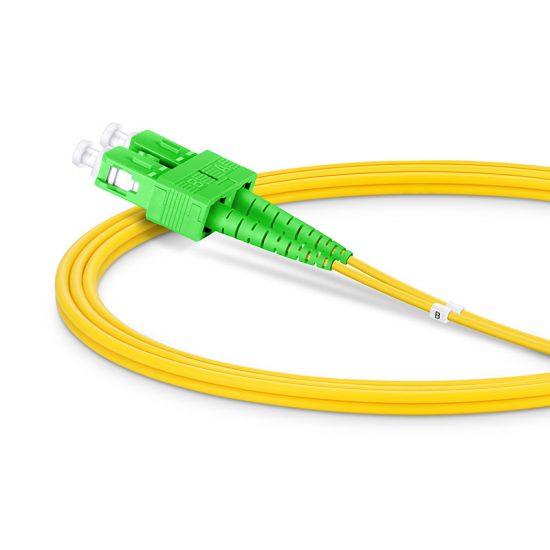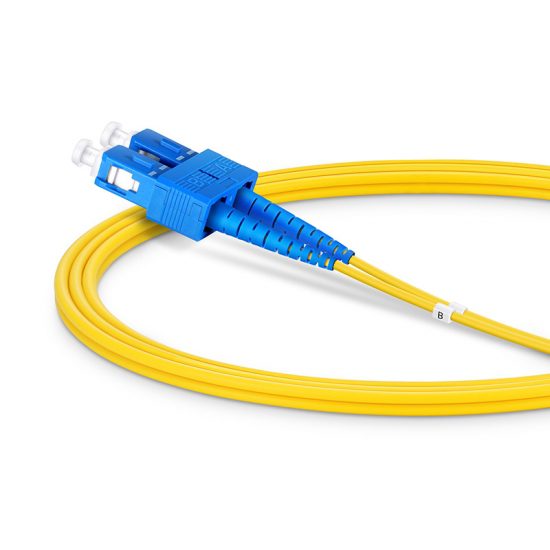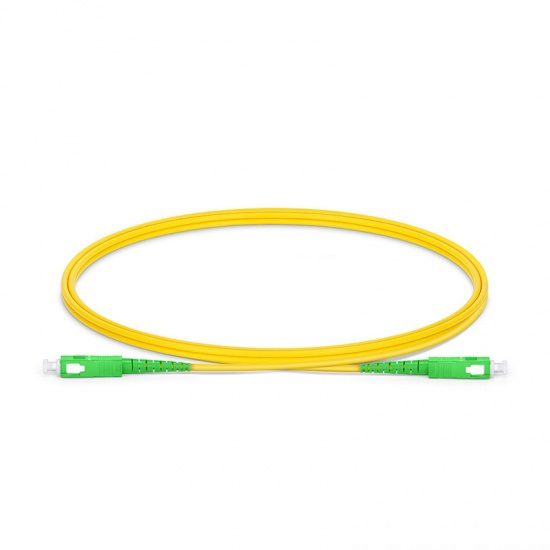Optical Distribution Frame
The Optical Distribution Frame, often known as ODF, is a component that can be added to any fiber management system and is used to handle cable termination and cross-connection. Pre-terminated ODF with wires comes with connectors and cable already pre-installed for a speedy and straightforward installation process. Units that already have their cables pre-terminated offer a number of benefits, including a shortened installation time, which results in a quicker time to revenue, as well as assured quality and performance. An optical distribution frame is also a fiber optic working party that is used to organize the connections made by fiber optic cables. This function is performed by the optical distribution frame. Their primary function is to provide an interface among optical transmission networks, optical transmission equipment, and optical cables that connect subscribers to access networks for optical fiber. The terminal, branching, and storing of interior processing cables are all handled by optical distribution frames, often known as ODFs. These frames are an essential component of fiber management systems. In a fiber optic user access network, its primary function is to act as an interface between several components, including an optical transmission system, optical transmission equipment, and a fiber-optic cable. Quick installation is enabled by adapters and pigtails which were before on the ODF unit modules of the fiber channel frame. This not only cuts down on the amount of time spent building but also ensures performance and quality.
Wall Mount
Your TV can be wall mounted by securing it to the wall. You can mount the TV on a wall opposite your couch in your bedroom or living room so that you can view it from a comfortable spot. It takes a little more work on the side of the user to secure the mount to the wall and the Television to the mount for wall installation as opposed to standing mounting.
Furthermore, a lot of TV manufacturers include a free wall-mounted setup with your order, so all you need to do is wait patiently for the specialists to come over and finish the job. As an alternative, you might buy a wall-mount accessory separately and do it yourself; more on this is covered in the section after this one.
In a tiny room or house, this feature can be useful because you do not require a table or any other flat surface to put the TV on. Since it provides a simple design and a little more flexibility for where you can position your TV, this can also be visually appealing. Additionally, you can select the precise height of your TV on the wall. Additionally, wall mounting eliminates the size issue; as much as your wall is big enough for the TV, you don’t have to worry about it fitting in the available area. As a result, you can choose a larger screen size without worrying about where to put it in your viewing area.
· Indoor Wall Mount
Wall-mounted indoor units are ones that are designed to be put on the wall within a room, often close to the ceiling. Wall-mounted indoor units can also be referred to as ceiling-mounted indoor units. They come with a remote control, a number of options for cleaning the air, and a range of options for adjusting the temperature. They are quite popular, in addition to being simple to install and maintain. The control panels, sizes, and indicator lights of individual models within the same series may be designed differently. Additionally, the supplemental control functions and air distribution patterns may also differ but they provide quite ease to the users.
· Out Door Wall Mount
The outdoor wall hanging has been around since TVs were first sold, but it’s only recently gained national attention. The outdoor wall hanging has various advantages over other display options, especially in today’s busy world. Five examples. TV mounting style depends on your demands. TVs come in many sizes and forms, so measure your living room or mounting space.
This will ensure you obtain the right sized and style mount. Five benefits of outdoor wall hanging First, installation is easy. Second, you can adjust the TV’s direction and height for better viewing. Third, outdoor TV mounts might be cost-effective. Fourth, outdoor mounts don’t accumulate dust and filth as easily as standard in-wall mounts since they have a wide air space between the mount and the TV.
If you do not want your outdoor TV on the ground or ceiling, wall mounts it. Many folks don’t aware it’s dangerous for children and pets. Follow these safety rules before installing your TV outside. There are several outdoor TV mounting options. These mounts require mortar and anchors for a brick or stone facade. If your house is made of wood or another material, you can use screws and anchors.
Rack Mount
A piece of hardware that is described as being rack-mountable is one that is capable of being mounted in either a specialized rack or the rack itself. Rack mounting is a method that is frequently utilized by major corporations to store their various network devices, including their servers, routers, and switches. A computer that is designed specifically for use as a server and is intended to be installed in a structure known as a rack is referred to as a rack server. This type of computer may also be referred to as a rack-mounted server.
The rack is equipped with a number of different mounting slots that are referred to as bays. Each bay is intended to house a hardware unit that is screwed into position. Rack servers have the primary benefit of requiring significantly less floor space. It enables the installation of numerous servers on a cabinet, which results in the cabinet taking up less space and making unified management easier. The height of the rack server is measured in U, while its width is 19 inches. Standard servers often come in 1U, 2U, 3U, 4U, 5U, and 7U configurations. But what is meant by these standard server configurations? Find Out Below!
What is 1U, 2U, 3U, 4U, 5U, and 7U
The units (U) after the number refer to the various sizes of rackmount servers, including the 1U, 2U, 3U, 4U, 5U, 6U, and 7U. The number represents the rackmount’s size.
- 1U
The U stands for units, hence one unit of capacity in the servers chassis is represented by one U. 19 inches wide, 17.7 inches deep, and 1.7 inches high are equal to one unit.
- 2U
A rack-mounted server’s chassis is the same width. 3.50 inches are similar to 2u.
- 3U
3 x 1.75 = 5.25 inches would be a 3U height.
- 4U
A 4U rack or cabinet may accommodate equipment with a maximum total height of 7inches or 17.78cm (1.78m) when put inside the rack.
- 5U
The dimensions of a 5U rack are approximately 19″ x 8.34″ x 19.67″
- 6U
a 6U rack or cabinet can store equipment whose overall height when fitted into the rack is no greater than 10.5inches or 26.67cm (2.67m).
- 7U
The 7U rack mount, with its 17″ x 12.2″ x 19.8″ dimensions, is the largest size available.
However majority of The majority of collocations and ISPs support 1U, 2U, or 5U chassis.




